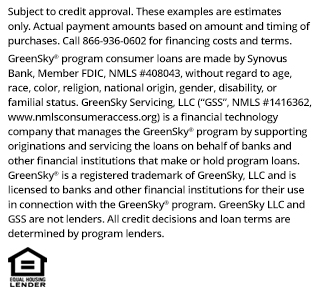A power outage (also called “powercuts,” “power failures,” or “blackouts,”) is the loss of electrical energy from your network supplier. There are many causes of area-wide or single-property power outages, including:
- Cascading failure (system overload)
- Circuit breaker/fuse problems
- Line or distribution system damage
- Power station or substation issues/damages
- Rotation to save energy/stabilize the grid
- Short circuits
- Substation problems/damages
There are several things you can do in advance of a predicted power outage, and there are safety precautions to follow during one. Most people don’t realize there are also several important steps to take after a power outage.
Before, During, and After a Power Outage in Arizona
If Texas could have anticipated its devastating power grid failure during the winter storm of 2021, it could have alerted residents. There are steps you can take in anticipation of and during a power outage. The first thing to do if you expect a power outage is to keep refrigerator and freezer doors closed.
You should always be prepared for a power outage:
- Consider getting a small, battery-powered television.
- Inventory everything in your house that needs electricity.
- Make an emergency go-kit for your home and car. Kits should have food, water, and essential medical items.
- Remember, ATMs and gas stations need electricity to operate too. Have a cash stash and vehicle fuel supply just in case.
During the outage:
- Check on your neighbors.
- Continue to keep refrigerator and freezer doors closed.
- Choose flashlights for illumination rather than candles.
- Disconnect PCs and plug-in technology devices. (The power surge when electricity is restored can damage electronics.) But leave one light turned on so you’ll know when the power returns.
- If heat or cold is life-threatening, leave your home and seek shelter.
- Turn off and disconnect appliances, especially those that were running when the outage occurred (dishwasher, washer/dryer, etc.).
Following a power outage:
- Be sure to test your HVAC (heating, ventilation, air conditioning) system or schedule a service call.
- If the power was out longer than one day, discard all refrigerated medicines and request replacements.
- Inspect all power outlets for signs of damage.
Refrigerated Foods: Don’t Take Chances After a Power Outage
If you need to reset your refrigerator’s thermostat, 37° is recommended for the fridge and 0° for the freezer. Toss all refrigerated and frozen foods that warmed to 40° F or higher for longer than two hours. You can use the same meat thermometer you use for baking and grilling to determine if your meat is too warm to re-freeze or re-refrigerate.
If a food’s color or texture seems off, throw it out. If it smells “funny,” throw it out. If freezer foods have ice crystals resulting from too-high temperatures for too long, throw them out.
Some foods may look and smell and even taste okay. But bacteria grow quickly. Some contaminants cannot be destroyed by cooking or even frying at high temperatures.
If these foods were warmed to 40° F for more than two hours, throw them away:
- Eggs
- Fish/shellfish
- Leftovers
- Meat
- Poultry
“When in doubt, throw it out.”
Prevent Power Outage Damages
After a power outage, unplug, re-plug, repower, and reset all electronic devices. There is often a power surge when electricity returns, so do a damage assessment of any plugged-in appliances and electronic equipment.
A power surge following an outage can wreak havoc. Power surge protection can prevent damage when electrical power turns off and on unexpectedly.
Smart homeowners consider whole-house surge protection devices (SPDs). SPDs can provide as much as 40,000-amp surge protection and point-of-use safety at all home or office wall outlets. They also reduce fire risks and save money by lowering monthly energy use.
Whole-house SPD installation is one of the services your Phoenix professional electricians at Turn It On Electric provide. To learn more about increased personal and property safety, contact TIO Electric.









